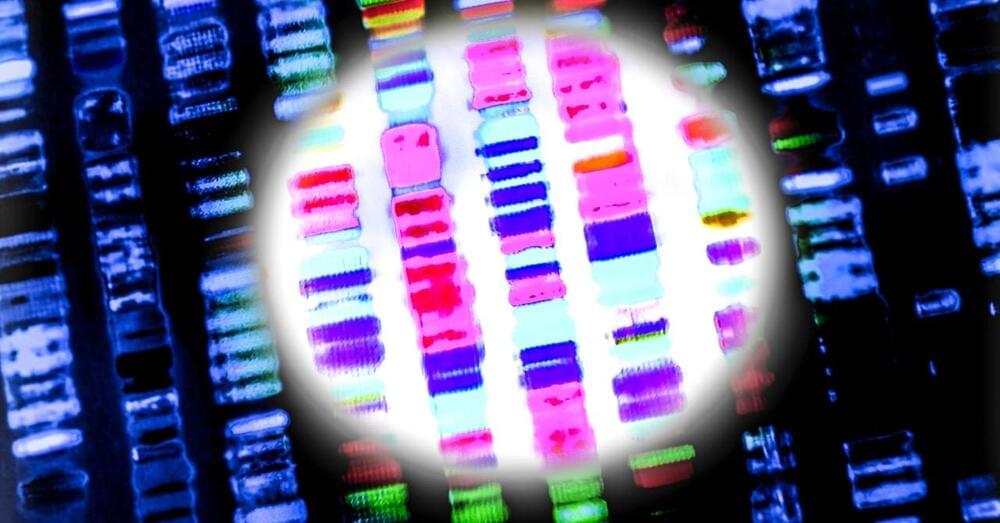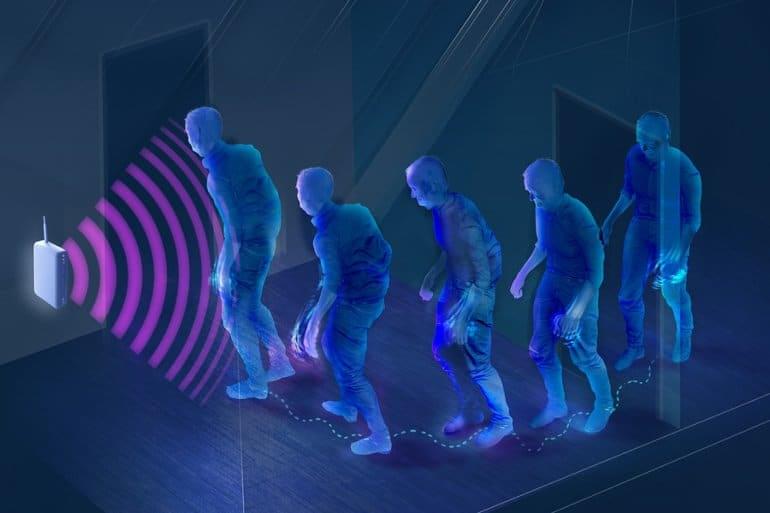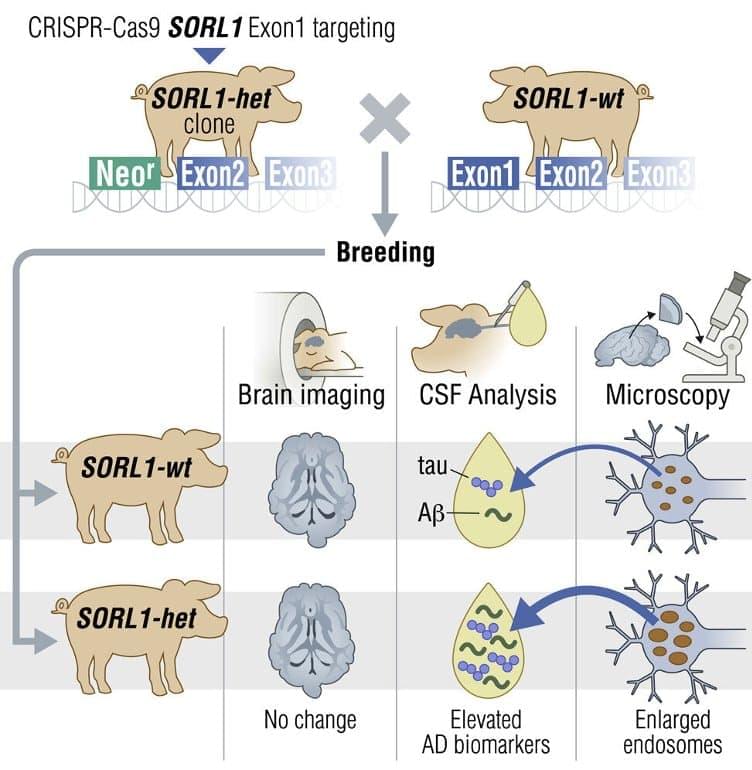The technique had largely been limited to editing patients’ cells in the lab. New research shows promise for treating diseases more directly.



Chromosome-level engineering is a completely different beast: it’s like rearranging multiple paragraphs or shifting complete sections of an article and simultaneously hoping the changes add capabilities that can be passed onto the next generation.
Reprogramming life isn’t easy. Xiao Zhu’s DNA makeup is built from genetic letters already optimized by eons of evolutionary pressure. It’s no surprise that tinkering with an established genomic book often results in life that’s not viable. So far, only yeast have survived the rejiggering of their chromosomes.
The new study, published in Science, made the technology possible for mice. The team artificially fused together chunks from mice chromosomes. One fused pair made from chromosomes four and five was able to support embryos that developed into healthy—if somewhat strangely behaved—mice. Remarkably, even with this tectonic shift to their normal genetics, the mice could reproduce and pass on their engineered genetic quirks to a second generation of offspring.


A proof-of-concept study published in the journal Scientific Reports outlines a water-activated disposable paper battery. According to the scientists, it could be used to power a broad variety of low-power, single-use disposable electronics, such as smart labels for tracking items, environmental sensors, and medical diagnostic devices, thereby minimizing their environmental impact.
The battery was developed by Gustav Nyström and colleagues, and it consists of at least one cell that is one centimeter squared and is made up of three inks that have been printed on a rectangular piece of paper. The paper strip is covered with sodium chloride salt, and one of its shorter ends has been dipped in wax.
One of the flat sides of the paper is printed with ink containing graphite flakes, which serves as the positive end of the battery (cathode). The other side is printed with ink containing zinc powder, which serves as the negative end of the battery (anode).

Most of us consider nightmares pretty harmless, but apparently, they can be a bad sign. According to research at the University of Birmingham, people who experience frequent bad dreams in middle age are more likely to be diagnosed with dementia later in life.
New research suggests nightmares may become common several years or even decades before the characteristic memory and thinking problems of dementia set in. The study will be published today (September 21, 2022) in The Lancet.
Founded in 1,823 by Thomas Wakley, The Lancet is a weekly peer-reviewed general medical journal. It is one of the world’s oldest, most prestigious, and best known general medical journals. The journal publishes original research articles, review articles (“seminars” and “reviews”), editorials, book reviews, correspondence, as well as news features and case reports. The Lancet has editorial offices in London, New York, and Beijing.

It may be possible to develop superconductors that operate at room temperature with further knowledge of the relationship between spin liquids and superconductivity, which would transform our daily lives.
Superconductors offer enormous technical and economic promise for applications such as high-speed hovertrains, MRI machines, efficient power lines, quantum computing.
Performing computation using quantum-mechanical phenomena such as superposition and entanglement.
That was Aubrey de Grey, this is Aubrey de White. New foundation, new therapy tests.
Co-founder of the SENS Foundation, Dr Aubrey de Grey is the co-organiser of this week’s Longevity Summit Dublin 2022; he was keynote speaker at this week’s summit, speaking on Robust Mouse Rejuvenation: real soon now? and featuring on the panel discussion Blank Cheque, which also enjoyed contributions from our own Phil Newman, Michael West, Tom Weldon, Greg Grinberg and Evelyne Bischof.
But most excitingly, Dr de Grey used the platform of Longevity Summit Dublin to launch his new foundation; its Board of Directors already boasts Greg Grinberg as Executive Chair, Daria Khaltourina, Martin O’Dea (also Events Director), Gennady Stolyarov and David Wood.
Dr de Grey has always been a passionate advocate of longevity research and biotechnology, so it’s no surprise his energy and enthusiasm has driven him to create a new foundation.
Visit Longevity. Technology — https://bit.ly/3PwtH8Y

Summary: A new in-home device that monitors movement and gait speed can evaluate Parkinson’s disease severity, progression, and a patient’s response to medication.
Source: MIT
Parkinson’s disease is the fastest-growing neurological disease, now affecting more than 10 million people worldwide, yet clinicians still face huge challenges in tracking its severity and progression.

Summary: New research in cloned pigs with a mutation of the SORL1 sheds light on Alzheimer’s development. The findings could pave the way for new treatments for the neurodegenerative disorder.
Source: Aarhus University.
For decades, researchers from all over the world have been working hard to understand Alzheimer’s disease. Now, a collaboration between the Department of Biomedicine and the Department of Clinical Medicine at Aarhus University has resulted in a flock of minipigs that could lead to a major step forward in the research and treatment of Alzheimer’s.

Summary: The Allen Institute is launching a new global collaboration to map approximately 200 billion cells in the human brain by type and function.
Source: Allen Institute.
Scientists at the Allen Institute are launching the brain equivalent of the Human Genome Project, leading a new global collaboration to map the approximately 200 billion cells in the human brain by their type and function.